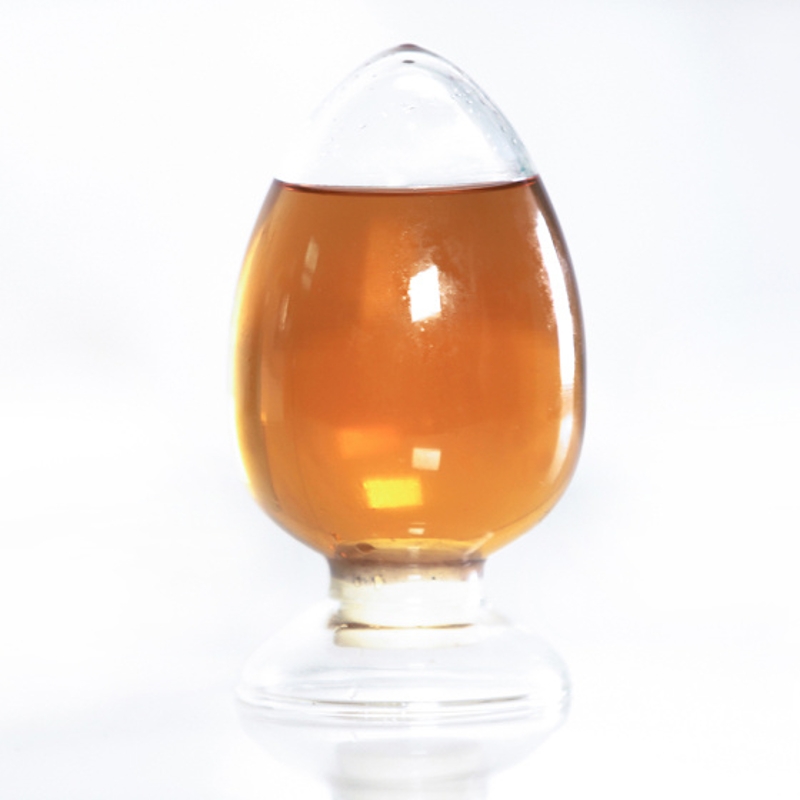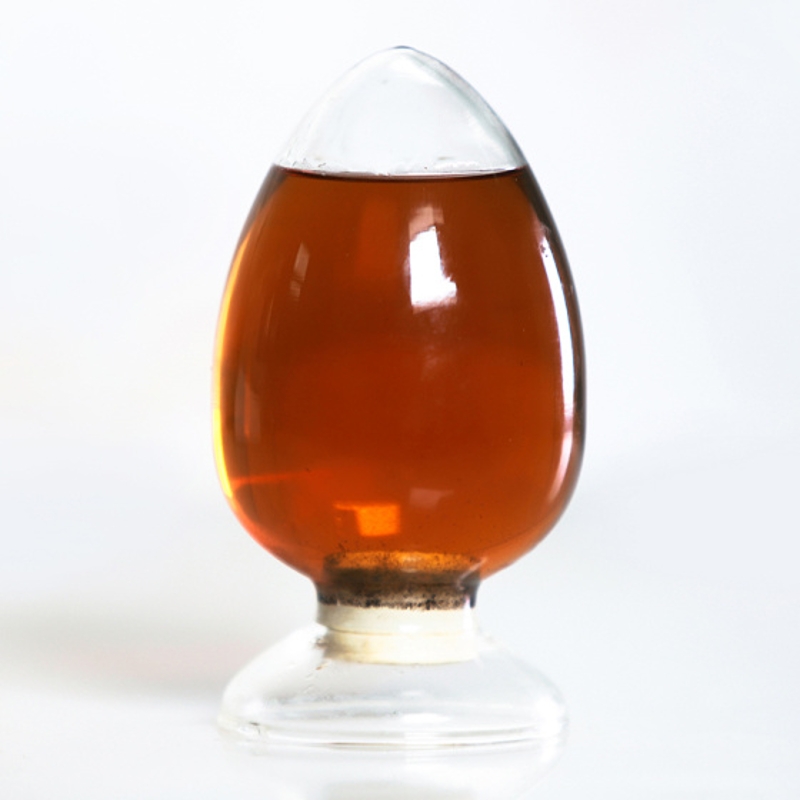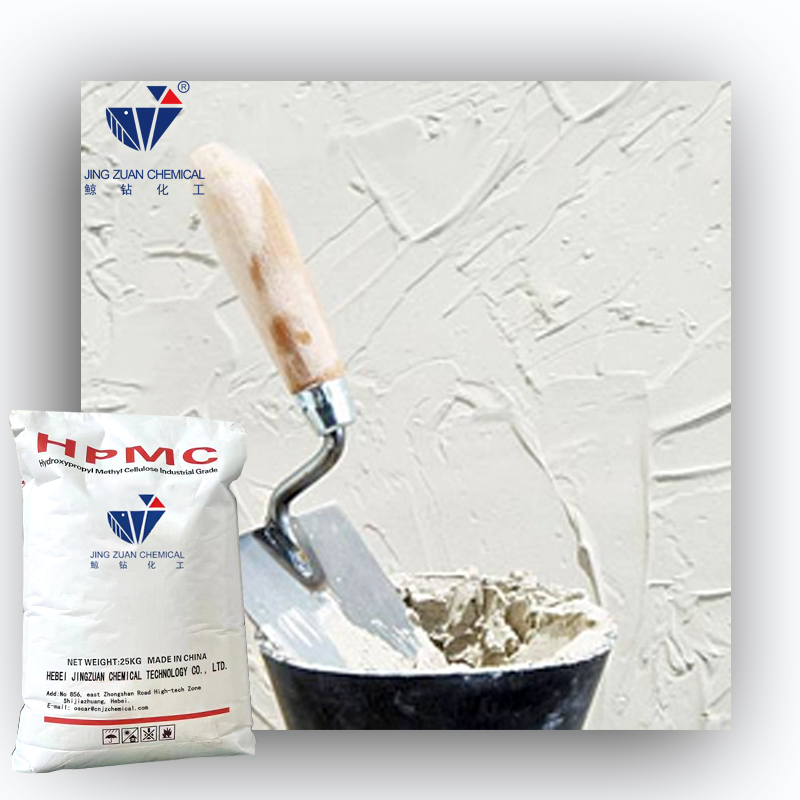-
Categories
-
Pharmaceutical Intermediates
-
Active Pharmaceutical Ingredients
-
Food Additives
- Industrial Coatings
- Agrochemicals
- Dyes and Pigments
- Surfactant
- Flavors and Fragrances
- Chemical Reagents
- Catalyst and Auxiliary
- Natural Products
- Inorganic Chemistry
-
Organic Chemistry
-
Biochemical Engineering
- Analytical Chemistry
- Cosmetic Ingredient
-
Pharmaceutical Intermediates
Promotion
ECHEMI Mall
Wholesale
Weekly Price
Exhibition
News
-
Trade Service
15.
1.
2 Metabolism and Toxicology
15.
1.
2.
1 Metabolic processes in the body
The research on the metabolism of quinoxaline drugs began in the late 1960s
.
Quinoxalines have common characteristics in the metabolism of animals.
CBX in pigs is quickly deoxygenated to produce dedioxycarbaoxide (BDCBX)
.
At the same time, the side chain is also easily broken and converted into quinoxaline-2-carboxylic acid (QCA)
Figure 15-1 CBX metabolic pathway
The metabolic pathway of CYX in pigs is similar to that of CBX
.
The main metabolic pathways of CYX in liver microsomes in vitro incubation system are N→O group reduction and thalidomide bond hydrolysis, followed by hydroxylation
OLQ is used as a feed additive to promote animal growth.
Pigs are quickly absorbed after feeding.
More than 90% of the oral dose is excreted from the urethra, and the rest is excreted from the feces
.
The plasma concentration reached a peak 1 to 2 hours after administration, and then dropped rapidly
QCT is not easily absorbed by oral administration.
The bioavailability of oral administration in pigs is 0.
5%, and that in chickens is 3%, indicating that QCT absorbs few drugs into the blood and tissues after oral administration, and most of the drugs are discharged from the gastrointestinal tract in their original form.
.
Only 3-methyl-quinoxaline-2-carboxylic acid (MQCA) was detected in pig urine, and no prototype remained in the tissue
Figure 15-2 The main metabolic pathways of QCT in pigs and chickens
The metabolism of MQX in rats, pigs and chickens was measured by radiolabeling method, which proved that MQX is similar to similar drugs.
Dedioxymethequine (BDMQX) was first detected after 6 hours of administration, and BDMQX retained the longest time in the body.
15.
1.
2.
2 Toxicology and adverse reactions
The N→O group in quinoxaline drugs is one of the causes of carcinogenic, teratogenic, mutagenic and other toxic effects
.
If the N→O group is removed, there is no mutagenicity
The oral LD 50 of QCT mice is 14398 mg/kg body weight, and the oral LD 50 of rats is 8179 mg/kg body weight.
Related links: physical and chemical properties and uses of quinoxaline drugs







